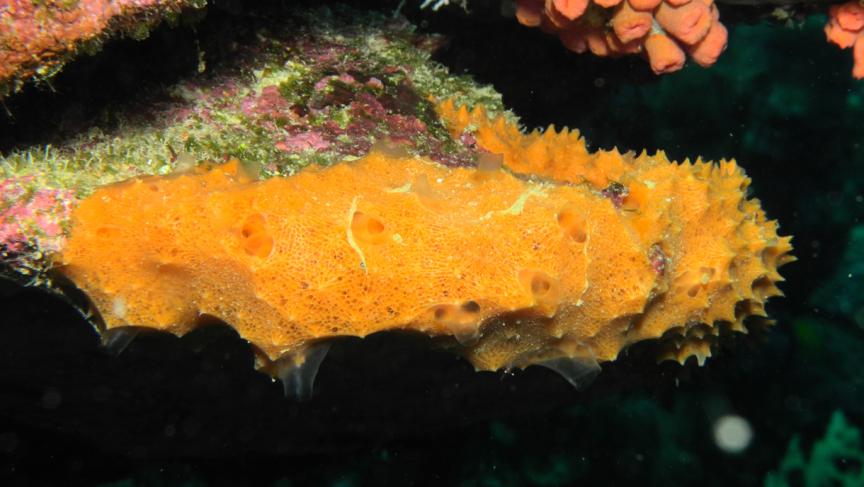We can’t believe October is almost behind us! Seems like this year is just cranking by and we were just wondering how to keep our tanks cool in the hot summer. Now that we are adding redundancy to our tank heaters, we are throwing on a warm sweater and cranking out another edition of the Friday Smorgasbord. We love the fuzzy sticks, colorful zoanthids and stunning fish but guess what? The lowly sponge just might be one of the most important creatures in the reef. Researchers have uncovered what is being called the “sponge loop” that helps feed and fuel the reef ecosystem. You see, the sponge doesn’t use food from the reef to grow, they use the energy to stay alive but continually shed old cells creating a rather nutritious food source for corals and other organisms. Talk about giving back to your community!
[via PRI]
We love the Maker Economy and all the incredible designs that CNC machines brought to the hobby. Now that 3D printing is taking off, we are hoping to see some incredible things in the market. One possibility is now a reality — 3D printed sandstone reef. Move over aragarock — you’ve officially met your match. Dealing with the dying reef off the coast of Bahrain, a reef-restoration outfit Reef Arabia teamed up with some bright people to pioneer a new 3D printed reef unit made of non-toxic patented sandstone material. Two of these 3D printed reefs — weighing 1,100 pounds — were sunk off the coast of Bahrain last fall.
[via Forbes]

It always seems like we’ve got a story from sharks. The ancient beast that haunts the oceans (and our dreams) have done a lot for inspiring design. We got a kick out of this article about five designs that were inspired by sharks. Our personal favorite? The 1961 Mako Shark Corvette.
[via CNN]
Last week we covered a drone program that mapped coral reefs and now we have some wonderful images of a 300-year-old coral living off the coast of American Samoa. As anyone who has tried to take a picture from above your aquariums can attest, the light reflecting off ripples makes it hard to make out what lies below the surface. To combat this, the team uses a technique called fluid lensing to digitally remove those distortions and sharpen the images. Now if we can only get that as a Photoshop plugin.
[via LiveScience]




